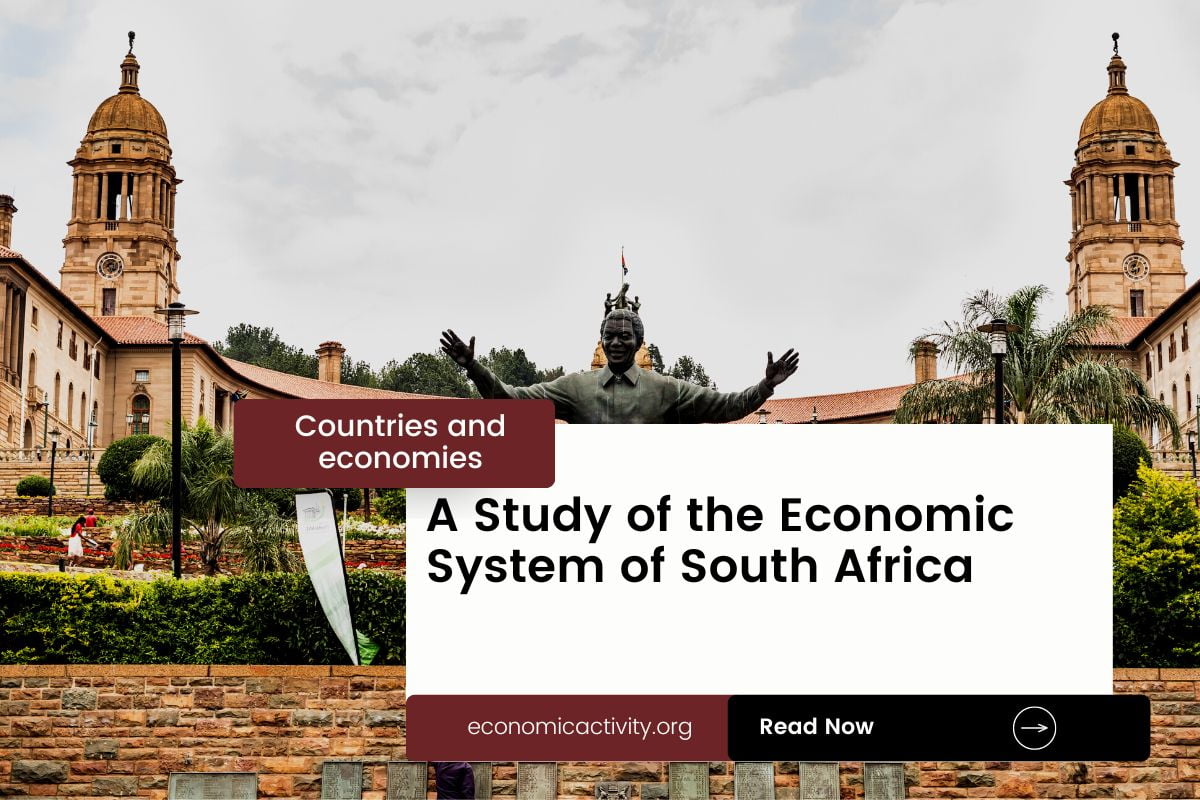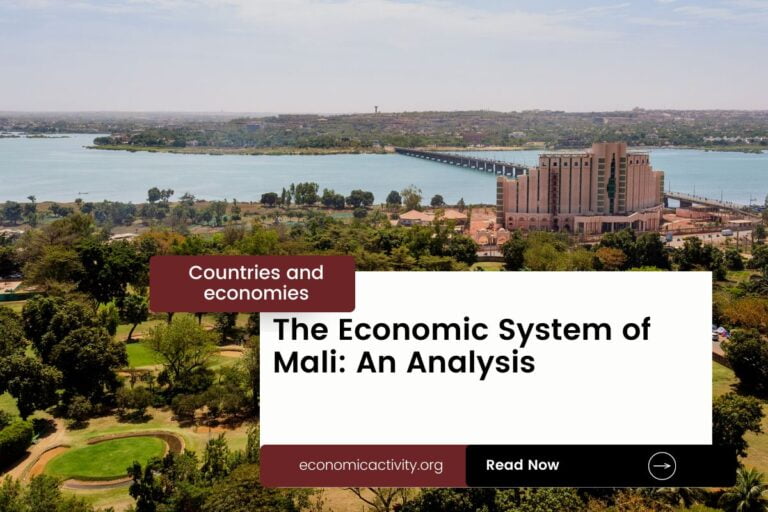What is the economic system of South Africa? The economy of South Africa is based on a mixed economy. The country’s economic system combines elements of a market economy and a planned economy.
South Africa’s economy is diverse with key sectors in mining, manufacturing, and services. It’s a leading producer of platinum, gold, and chromium. The country also has well-developed financial, legal, communications, energy, and transport sectors. In recent years, tourism and information technology have been growing rapidly.
In South Africa, the economy is composed of a private sector, consisting of individuals and businesses that make autonomous decisions based on self-interest, and a public sector, where the state determines the production and distribution of certain goods and services. No country is purely capitalist or purely communist.
What do the freedom indexes tell about the economic system of South Africa?
Now, to determine if a country is mostly a market economy or a planned economy, it is useful to examine some economic indexes. For instance, according to the 2022 Index of Economic Freedom, which measures the ability of every human to control his own labor and property, South Africa is ranked 112th globally and 17th in Sub-Saharan Africa indicating that the country has a mostly unfree economy.
In a similar way, the 2022 Freedom House index evaluates the state of political rights and civil liberties globally. Generally, market economies tend to align more with democracy and freedom, while command economies tend to be characterized by greater state control and fewer democratic and civil liberty protections. South Africa gets a score of 79/100, which qualifies it as Free.
South Africa is a country where the government does not control what people do for political reasons, and people have the freedom to choose (what, how much, and how to produce, whether to buy or not, selling price, etc.)
The Link Between Public Sector Employment and the Economic System of South Africa
An indicator of the extent to which the State is involved in the economy is the number of public sector employees. In South Africa, according to ILOSTAT, the number of public sector employees as a percentage of the total workforce is 15.6% (2021).
In the country’s mixed economy, the number of public sector employees as a percentage of the total workforce varies based on the specific policies and practices adopted by the State.
Some economic activities are left to the private sector while others are under government control. The bigger the public sector the closer the economy is to being a command economy.
What do the biggest companies in South Africa say about the country’s economic system?
The biggest company in South Africa should also be looked at, as well as whether it is a state-owned or private company. In this case, Naspers is a global internet and entertainment group, investing in and operating tech companies across the world.
The company is a publicly traded multinational consumer internet company, meaning it is owned by shareholders who own its common stock. The shares are publicly traded on the Johannesburg Stock Exchange and other platforms. It shows how the biggest companies in the country are market driven.
More: Top 10 Biggest companies by revenue in South Africa
The historical factors that have influenced the economic system of South Africa
The current mixed economy system of South Africa is the result of the country’s history of colonialism, apartheid, and economic liberalization. Colonialism led to the exploitation of resources and labor, while apartheid created a system of racial segregation and economic inequality.
Economic liberalization in the 1990s opened up the economy to foreign investment and increased competition, leading to a more diverse and dynamic market economy.





Leave a Reply